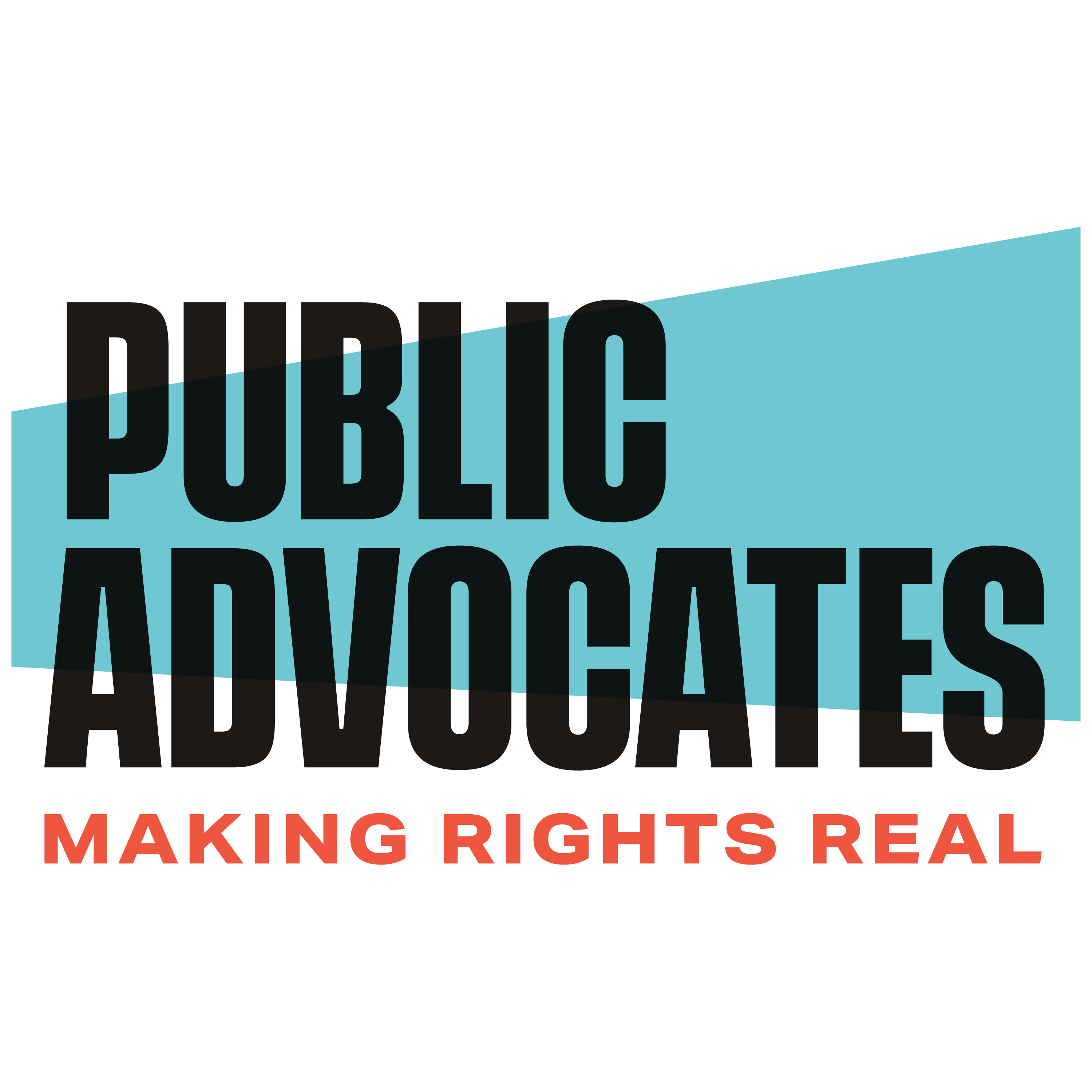July 2, 2024—Managing Attorney John Affeldt spoke with Politico reporter Blake Jones about the inequitites of the current school bond the legislature is pushing forward, what it really means for long disinvested in lower wealth and rural communities and if a lawsuit is coming.
This story appeared in Politico Pro.
SACRAMENTO, California — Gov. Gavin Newsom and legislative leaders have agreed to place a $10 billion bond measure on the November ballot that would fund construction and repairs of K-12 schools and community colleges.
Amendments to Assembly Bill 247 reflecting the deal went into print on Saturday. The proposal would not provide funding to public universities despite a concerted lobbying effort by those institutions. It would also give limited preferential treatment to school districts with proportionally small property tax bases — even after the civil rights law firm Public Advocates threatened to sue unless the bond drastically favors low-wealth districts.
K-12 schools would receive $8.5 billion and community colleges would get $1.5 billion.
Impact: The agreement concludes a frenetic two weeks of negotiations. It’s expected to clear the Legislature Wednesday, kick starting a campaign to pass the first statewide school bond since 2016.
“California urgently needs a statewide school bond to repair dilapidated and unsafe school facilities and to invest in our children to meet 21st century educational and workforce needs,” Assemblymember Al Muratsuchi, an author of the bill, said in a statement. “Most of our schools are over 50 years old, posing critical facility needs such as leaking roofs and unsafe structures, classrooms without internet access, lead pipes, outdated HVAC systems, shortage of transitional kindergarten and early childhood education facilities, and extreme heat conditions.”
Universities omitted: The lack of funding for the University of California and California State University was a major disappointment to those systems, but it’s not shocking as K-12 lobbyists had long been pressing for universities to be excluded. They had argued that including the four-year schools would have decreased a measure’s chances of passing — using the example of a failed 2020 bond that included universities — and even contended that public opinion of the UC was likely on the downswing amid fractious Gaza protests.
Competition with a climate bond — and a housing bond that never gained enough traction to pass the statehouse — also limited the amount of money available.
Lawsuit risk: Public Advocates has criticized the state school facilities program because it doesn’t account for districts’ wealth when awarding construction grants. The program requires all districts to match the amount they get from state grants for new facility construction, and to split the costs of repairs 40 percent to 60 percent — with the state paying the larger portion. To afford to match those funds, lower-wealth districts must impose larger local taxes than higher-wealth districts, straining low-income residents and making it more difficult to pass local levies.
Public Advocates would like to make districts with rich tax bases pay as much as 95 percent of repair costs to the government’s 5 percent, and have those with poor tax bases match as little as 5 percent of the money they get from the state for that purpose.
Details: The bond measure does not go nearly as far as the firm proposed, but it does slightly rejigger the facilities program. It would create a sliding scale for how much money districts have to match, ranging from 45 percent to 50 percent of new construction and 35 to 40 percent of renovations. A district’s match would be based on the relative size of its property tax base as well as the share of low-income students it enrolls. This would prevent high-poverty districts with large tax bases, such as Los Angeles Unified from paying more than they otherwise would.
Districts could also pay on the lower end of that range if they sign a union-protected contract for the construction or if they enroll fewer than 200 students.
Public Advocates in a statement blasted the bond proposal and said a lawsuit is “possible” if more isn’t done to address inequities.
“Today’s proposal utterly ignores the call for equity and the needs of students in low-wealth districts; if anything, this proposal further advantages relatively well-off urban districts over poor urban and rural districts like Lynwood and those in rural Monterey County,” Public Advocates Managing Attorney John Affeldt said in a statement.
Of the $8.5 billion reserved for K-12 schools, $3.3 billion would be earmarked for new construction and $4 billion would be set aside for facility upgrades and repairs. More districts would also be eligible for the state’s financial hardship program for repairing or replacing a facility that is a health and safety risk to students.
What’s next: Muratsuchi has pulled AB 247 back into the Assembly Education Committee, which he chairs, and plans to hear the bill on Monday.

